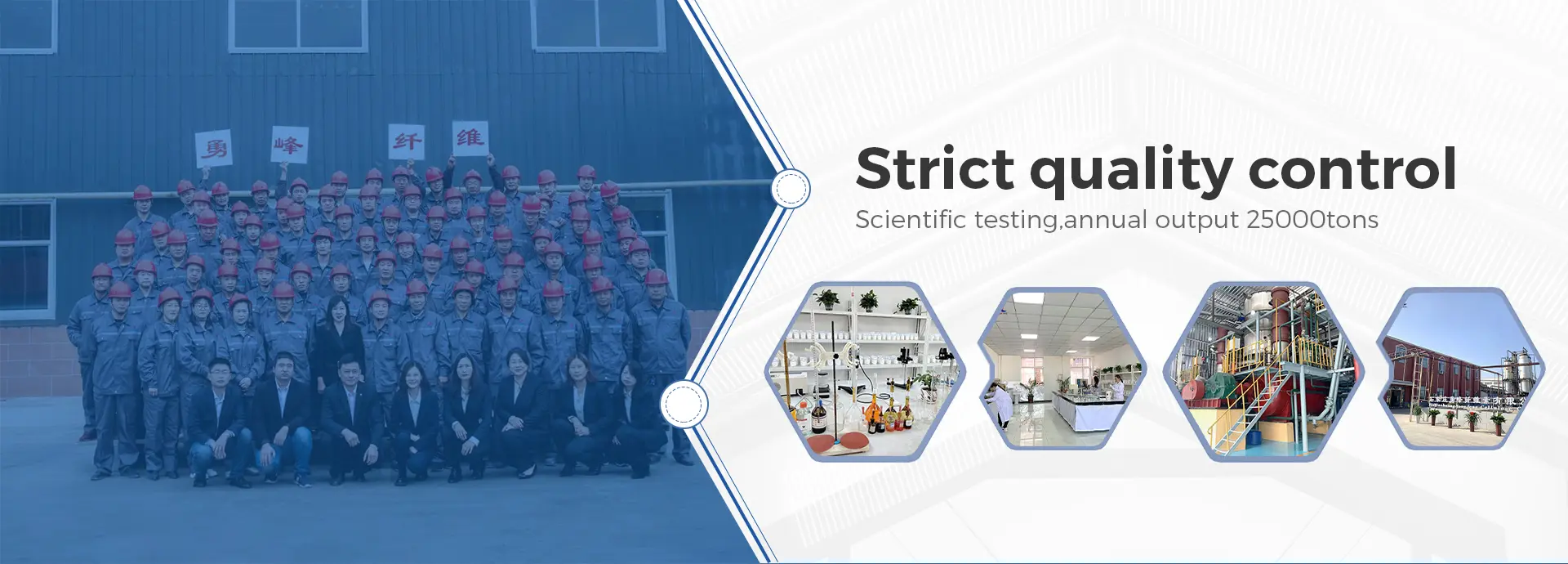Understanding HPMC-Like Tylose A Versatile Polymer for Various Applications
Hydroxypropyl methylcellulose (HPMC) is a cellulose ether that has gained significant attention in various industries due to its remarkable properties and versatility. Often referred to as Tylose, HPMC is widely utilized as a thickening, emulsifying, and binding agent. This article explores the characteristics, applications, and benefits of HPMC-like Tylose, emphasizing its importance in multiple fields.
What is HPMC?
Hydroxypropyl methylcellulose is a semi-synthetic polymer derived from cellulose, a natural polymer found in the cell walls of plants. The production of HPMC involves the modification of cellulose through etherification, allowing for the introduction of hydroxypropyl and methoxy groups. This chemical modification enhances the water solubility of cellulose, resulting in a product that is non-ionic and environmentally friendly.
HPMC is known for its ability to form gels, retain moisture, and stabilize emulsions, making it an essential ingredient in a range of products. Its unique properties stem from the balance of methoxy and hydroxypropyl groups, which can be tailored during synthesis to achieve specific functionalities.
Properties of HPMC-Like Tylose
HPMC-like Tylose exhibits a wide range of beneficial properties
1. Water Solubility One of the most significant features of Tylose is its high solubility in water, making it easy to incorporate into various formulations. This property allows for the formation of stable suspensions and emulsions.
2. Thickening Agent Tylose functions as an effective thickening agent, providing viscosity without adversely affecting the sensory attributes of products. This is especially valuable in achieving the desired texture in cosmetic and food applications.
3. Film-Forming Capabilities Tylose can form thin films upon drying, which is beneficial in products like coatings and adhesives, offering protection and enhancing performance.
4. Biodegradability As a cellulose derivative, HPMC-like Tylose is biodegradable, aligning with the modern push toward sustainable and eco-friendly materials.
5. Thermal Stability Tylose exhibits thermal stability, which allows it to withstand various processing conditions without degrading, thereby maintaining its effectiveness.
Applications of HPMC-Like Tylose
The versatility of HPMC-like Tylose leads to its application across numerous industries
hpmc like tylose

1. Construction In the construction sector, Tylose is used as an additive in cement-based materials. It enhances the workability of mortars, improves adhesion, and prolongs the open time, allowing for better handling during application.
2. Pharmaceuticals HPMC is prevalent in the pharmaceutical industry as a binder and film-coating agent in tablet formulations. Its functional properties help control the release of active ingredients, ensuring therapeutic efficacy.
3. Food Industry Tylose serves as a thickening and stabilizing agent in food products, including sauces and dressings, contributing to texture and consistency while preserving flavor.
4. Cosmetics and Personal Care In cosmetics, HPMC-like Tylose acts as a thickener and film former in lotions, creams, and gels. It enhances product viscosity and creates a desired sensory profile, improving user experience.
5. Agriculture HPMC is used in agricultural formulations, particularly as a suspending and thickening agent in pesticides and fertilizers, ensuring uniform distribution and improved application performance.
Benefits of Using HPMC-Like Tylose
The incorporation of HPMC-like Tylose into formulations offers several advantages
- Improved Product Performance The unique properties of Tylose lead to enhanced performance in various applications, from construction materials to food products.
- Versatility Its compatibility with various ingredients allows for versatile formulations across different industries.
- Eco-Friendly Option As a biodegradable polymer, HPMC-like Tylose aligns with the growing consumer demand for sustainable and environmentally friendly products.
- Cost-Effectiveness Tylose is often considered a cost-effective solution, providing significant functional benefits without requiring substantial increases in formulation costs.
Conclusion
HPMC-like Tylose is a multifunctional polymer that plays a crucial role in numerous industries. Its remarkable properties, including water solubility, thickening ability, and film-forming capabilities, make it a preferred ingredient in various applications. As industries continue to seek innovative and sustainable solutions, the importance of HPMC-like Tylose is expected to grow, cementing its place as a vital component in modern formulations. With its versatility and eco-friendly profile, Tylose is indeed a game-changer, helping manufacturers meet the evolving needs of consumers while promoting sustainability.
-
Rdp Powder: Key Considerations for Wholesalers in the Building Materials IndustryNewsJul.08,2025
-
Key Considerations for Wholesalers: Navigating the World of Hpmc - Based ProductsNewsJul.08,2025
-
Hpmc Detergent: Key Considerations for WholesalersNewsJul.08,2025
-
Key Considerations for Wholesalers: China Hpmc For Tile Adhesive, Coating Additives, Concrete Additives, and MoreNewsJul.08,2025
-
Crucial Considerations for Wholesalers: Navigating the World of Construction MaterialsNewsJul.08,2025
-
Key Considerations for Wholesalers Sourcing Additive For Cement, Additive For Concrete, Additive For Putty from Additive Manufacturer Shijiazhuang Gaocheng District Yongfeng Cellulose Co., Ltd.NewsJul.08,2025




